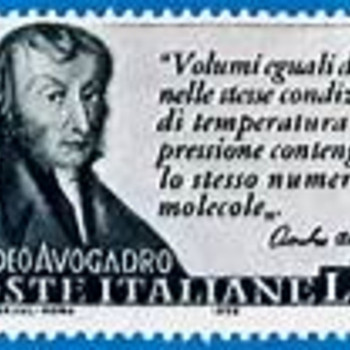What is the empirical formula of a species that is 7.19% by mass with respect to phosphorus, and 92.81% by mass with respect to bromine? What is the molecular formula is the molecular mass is 431*g*mol^-1?
1 Answer
I think you have quoted a question from this [site.](http://bergen.edu/Portals/0/Docs/Student%20Services/Tutor%20Resources/Chemistry/CHM%20100%20%20140%20-%20Empirical%20and%20Molecular%20Formulas%20%282%29.pdf)
Explanation:
And this gives (i) microanalysis of
For these data we determine the empirical formula......by assuming an
In each case I divided the elemental mass thru by the molar mass of the ELEMENT.
We divide thru by the lowest molar quantity (that of
Now, we know that.........
Clearly,

